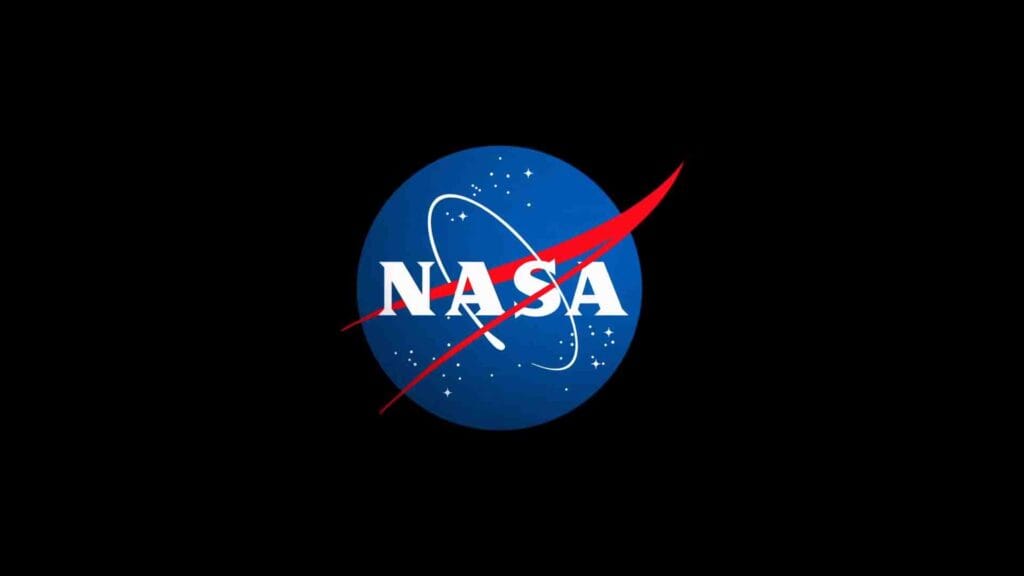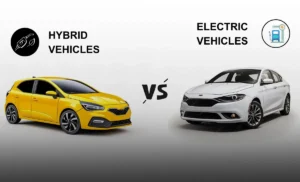Lockheed Martin and General Motors are cooperating to develop the next generation of lunar rovers for transporting astronauts on the surface of the moon, fundamentally developing and expanding humanity’s deep space exploration footprint. These rovers will travel farther than Apollo General Motors. Provide battery power technology and propulsion systems.
The next generation of Mars rover will be able to better cope with rugged terrain. NASA’s Artemis program is sending humans back to the moon, where they will use various rover exploration and scientific experiments. NASA is looking for an industry approach to develop the Lunar Terrain Vehicle (LTV), which will enable astronauts to explore the lunar surface more deeply than ever before. The LTV is the first of a variety of surface motor vehicles required by NASA’s Artemis program.
To support NASA’s mission, the two industry leaders will use their unparalleled engineering, performance, technology, and reliability to develop unique aircraft with innovative capabilities. The result may allow astronauts to explore the surface of the moon in an unprecedented way and support the discovery of places that humans have never been to. Lockheed Martin will lead the team on the basis of more than 50 years of cooperation between Deep Space and NASA.
Human and robotic spacecraft, such as NASA’s Artemis expedition-class Orion spacecraft and numerous planetary and Martian spacecraft. Lockheed Martin Executive Vice President Rick Ambrose said: “This alliance brings together the strong innovation capabilities of the two companies to create a transformative car.”
Surface mobility is essential for achieving and maintaining Long-term exploration of the lunar surface is essential. These next-generation rovers will greatly expand the range of astronauts, as they conduct high-priority scientific research on the moon, which will ultimately affect human understanding of our position in the solar system. General Motors is a leader in battery-electric and powertrain technologies.
This is the core of its multi-brand and multi-segmented electric vehicle strategy, positioning for the future of all-electric vehicles. In addition, GM will use its own technology to promote safer and more efficient operations on the moon. Alan Wexler said: “General Motors has made history by applying advanced technology and engineering techniques to support the Apollo 15 astronauts’ lunar rover on the moon.” Senior Vice President of Innovation and Growth, General Motors.
Together with Lockheed Martin and its expertise in space exploration, we plan to once again provide support for American astronauts on the moon.” General Motors has a good track record in supporting NASA and working in the aerospace industry. The company manufactured, tested, and integrated inertial guidance and navigation systems for the entire Apollo Moon project (including Apollo 11 and its first landing in 1969).
GM also helped develop the electric Apollo Lunar mobile vehicle (LRV), including the chassis and wheels used in the Apollo 15-17 mission. Unlike the Apollo rover, which is only 4.7 miles (7.6 kilometers) from the landing site, the next generation of the lunar rovers is designed to travel a greater distance to support the first trip to the south pole of the moon. The rough terrain autonomy and the autonomous system will enable the rover to prepare for human landing, provide commercial payload services, and increase the scope and practicality of scientific payloads and experiments.



